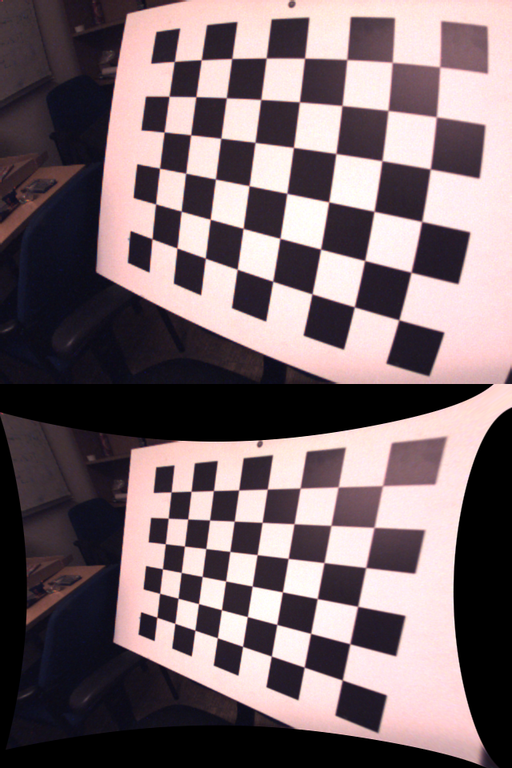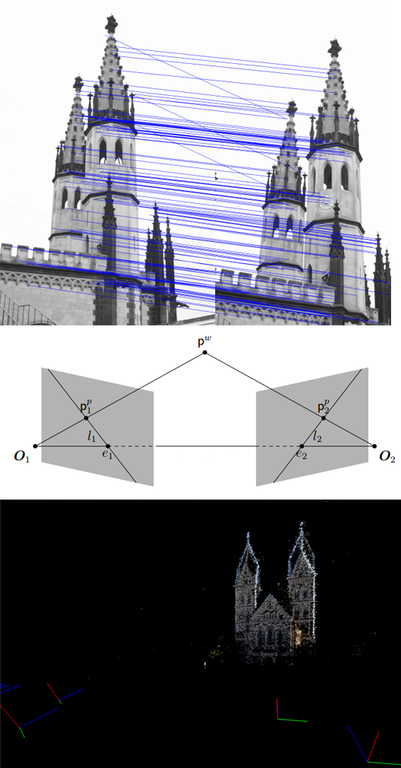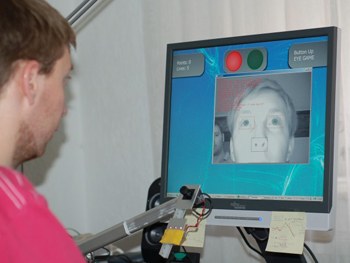Computer Vision

Camera Calibration
A very important part in making use of camera data for computer vision is the camera calibration process. We are interested in both the geometric, as well as the radiometric calibration of cameras.
Geometric calibration is used to obtain a set of intrinsic parameters that model the camera's geometric imaging process. This model can be used to predict the projected location of a three-dimensional point on the image plane. Knowledge of the geometric imaging process is particularly important for 3D reconstruction and structure from motion.
Radiometric calibration of cameras deals with the process of how colored light is mapped to color values in the obtained image. Knowledge of the color mapping process can be used to obtain a sensor-invariant camera image, which can help in object recognition for example, as it allows to train models that perform the same way on different types of cameras.

3D-Reconstruction and Structure From Motion
The availability of multiple camera images, obtained at different locations in space, allows performing a three-dimensional reconstruction of the observed geometry. The approaches vary in the density of the reconstruction, as well as in the camera setups that are being used to capture the data. A very common one is to use the video stream of a single camera, or sets of photos that were taken in non-sequential fashion. However, we also consider stereo setups, where two cameras are mounted in a rigid frame, synchronously capturing pairs of images.
The availability of multiple overlapping images allows to obtain correspondences, which can then be used to formulate a non-linear equation system, which can be solved for the unknown camera locations.

Gaze Tracking
For handicapped people from suffering movement disorders as well as in certain work scenarios, the tracking of eye movement is one -- sometimes the only -- way to communicate. The goal is the development devices and applications that track a user's gaze direction and hence derive intended actions -- e.g. by fixing a button on the screen, which is provided for this purpose.
Within countries of the European Union alone, there are up to 3 million persons affected by the problem of not being able to communicate the conventional ways because of different kinds of diseases or impairments. In the context of the Network of Excellence COGAIN, financed by the EU IST program, the development of gaze tracking systems is pushed on the psychological, pedagogical, ergonomic and technical level.
Concretely we are working on the realization of technical gaze-tracking systems based on economically-priced standard components.





